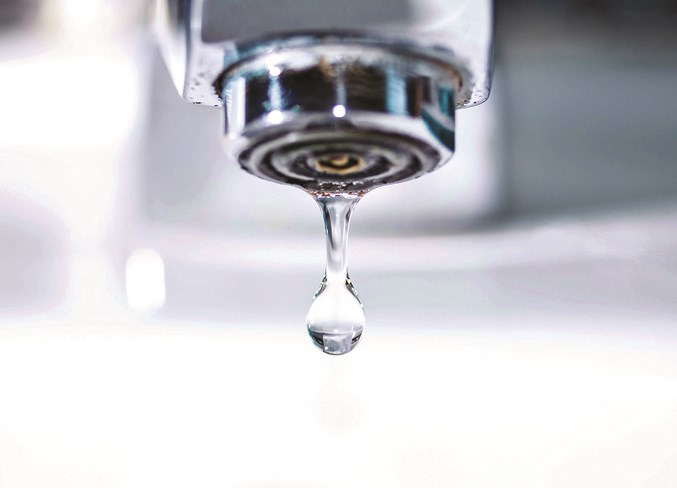Municipal leaders are starting to worry about the future of the regional waterline, as the April 2020 deadline approaches.
The project is getting ready for tender, however there has been a bit few setbacks.
For Mayor Gene Sobolewski, the issue lies with Alberta Transportation.
“Some of the decisions they’re making aren’t congruent with the type of work we’re doing. It’s almost like we’re having to do more work than necessary,” he explained. “There is a little bit of frustration.”
These issues are resulting in the project running behind schedule, and with the April 2020 funding deadline on the horizon, the Bonnyville Regional Waterline Commission is wanting to get the ball rolling.
“When we met, we basically put the deadlines into focus. We have to move forward and head out to tender,” Sobolewski expressed. “We’re a little bit behind. In fact, we’re pushing the province to start moving ahead, because there’s some decisions being made that are causing some delays. We’re forging forward.”
The deadline has to do with federal funding for the project, which has to be used by the spring of 2020.
“This is a project that will take more than a year to complete. When we have delays at the early stages, it’s rough,” said Reeve Greg Sawchuk, who believes it’s the Aboriginal consultation causing the setbacks.
In order for the waterline to travel through Cold Lake First Nation (CLFN), as originally mapped out, the committee has to sit down and discuss the project with Aboriginal leaders.
“It’s a prerequisite to having a lot of major projects move forward. Industry are very used to it, they have to deal with it for every single one of these major industrial projects, and it can take quite a while. It has a tendency to slow down the process, because the consultation actually has to go to the Aboriginal Consultation Office (ACO),” Sawchuk explained.
However, in the case of the waterline, they do have an alternative option: going around CLFN.
The current design includes a tie-in for the Indigenous reserve, and should the waterline be rerouted, that would still be an option.
When it comes to overall cost, Sawchuk said the about 1.5-miles worth of extra waterline needed to go around CLFN really won’t be much “in the grand scheme of things.”
Sobolewski stressed, the consultation with Aboriginal reserves is not the issue.
“Things are great. We have had a lot of productive dialogue. Things are moving quickly in that regard. That part of it isn’t the issue. It’s some of the decision making that others are making on our behalf that are causing us some scheduling issues,” Sobolewski explained, adding the dialogue between all parties is key when focusing on projects like the regional waterline.
“It’s absolutely important, because in moving forward, it doesn’t matter in what facet, anything having to do with land use and things like that, the way the federal and provincial government are moving forward with things, we have to continue to form and forge new partnerships like that.”
The commission is hoping to get the project to tender by the end of May, and already have the route mapped out for the most part.
According to Sobolewski, the waterline will travel along the Iron Horse Trail from Cold Lake.
“The route has been set. It’s basically going down the Iron Horse Trail, and some routes through the City of Cold Lake, but that could change depending on some variables, like land ownership,” he continued.
The commission responsible for the waterline received its provincial reading in April, and now has its own piece of legislation.
“The next thing is, we have to send names, positions, and things like that because we have to adopt bylaws and we have to have an inaugural meeting,” explained Sobolewski, adding depending on how long it takes the province, it could be a couple of weeks.
Any issues they were facing from Muni-Corr, the committee responsible for the Iron Horse Trail, have been resolved.
In 2017, Muni-Corr approached the Town of Bonnyville about the possibility of improving the trail once the waterline is in.
“Some of the discussions were there was a different standard in terms of the trail itself,” Sobolewski detailed. “They wanted us to bring in and put the trail to a certain standard which we’re not going to be disturbing. We said ‘we’re going to have surplus material, but we can’t bring in new material and construct a new grade,’ because that’s just an ineligible cost. The province won’t pay for that.”
Muni-Corr and the commission have come to an agreement, where once the waterline is in place, they will “do the best they can with what we have.”
Sobolewski added, “Be patient. We’re forging forward.”



